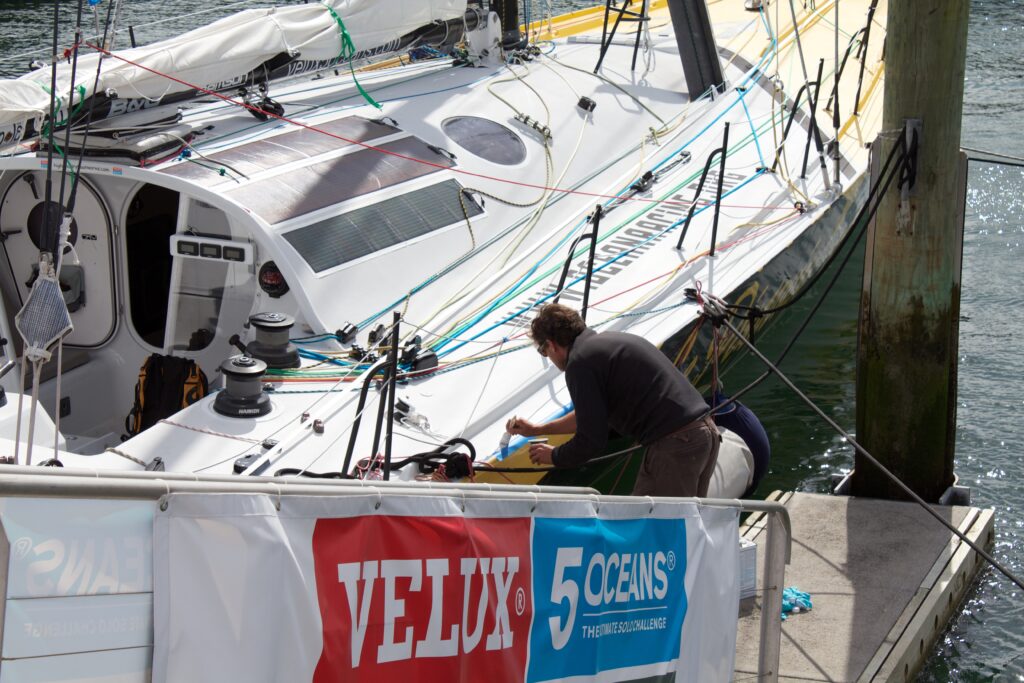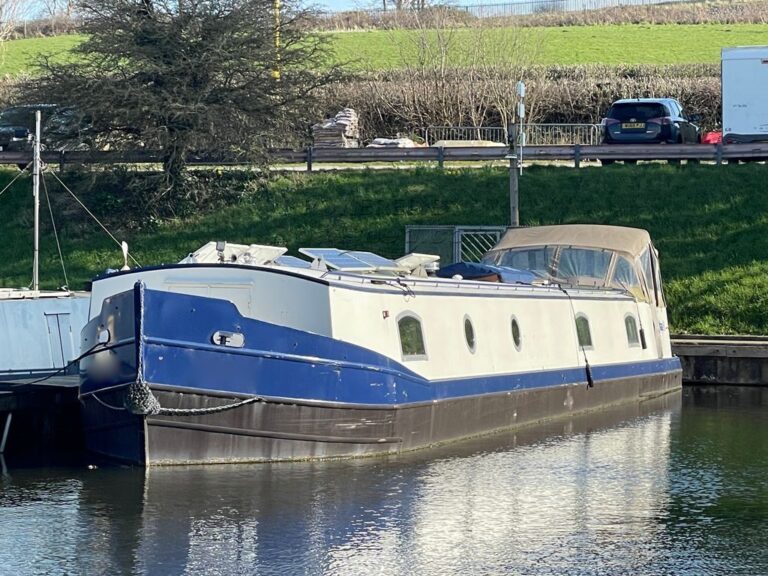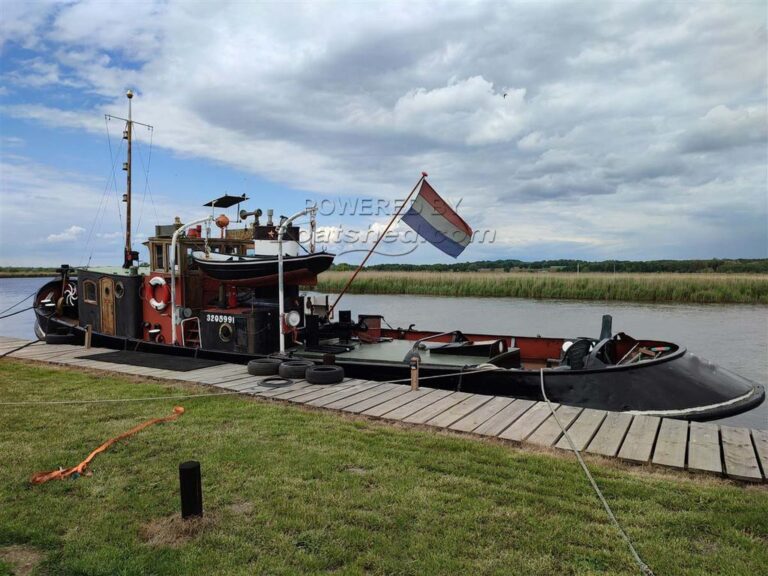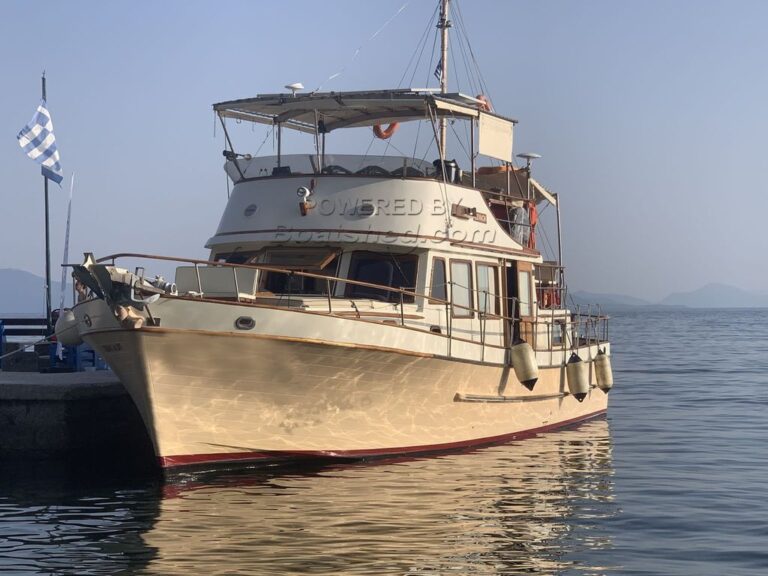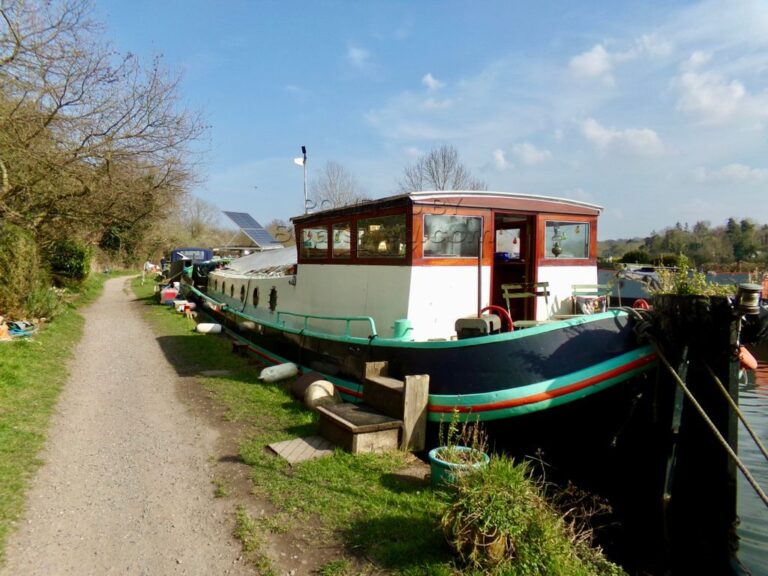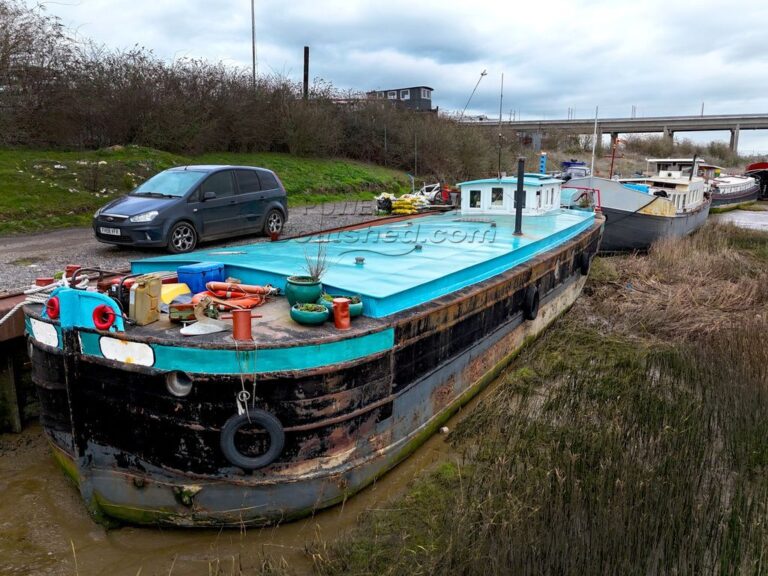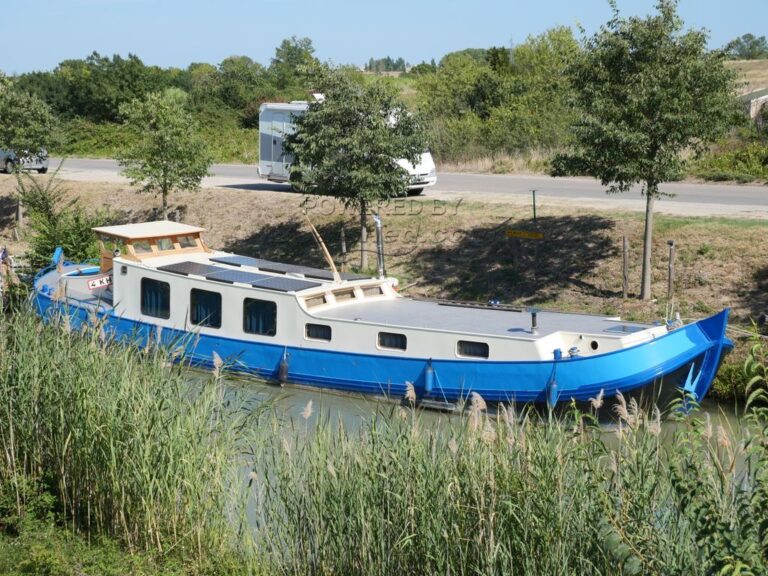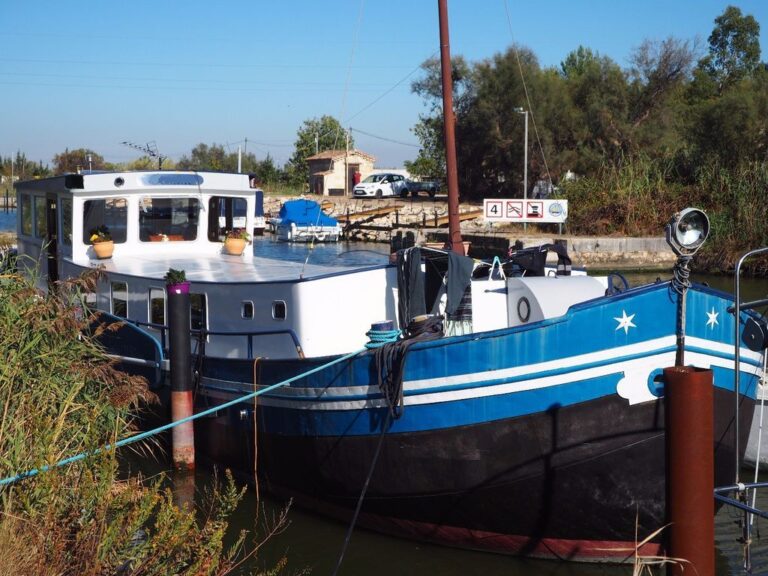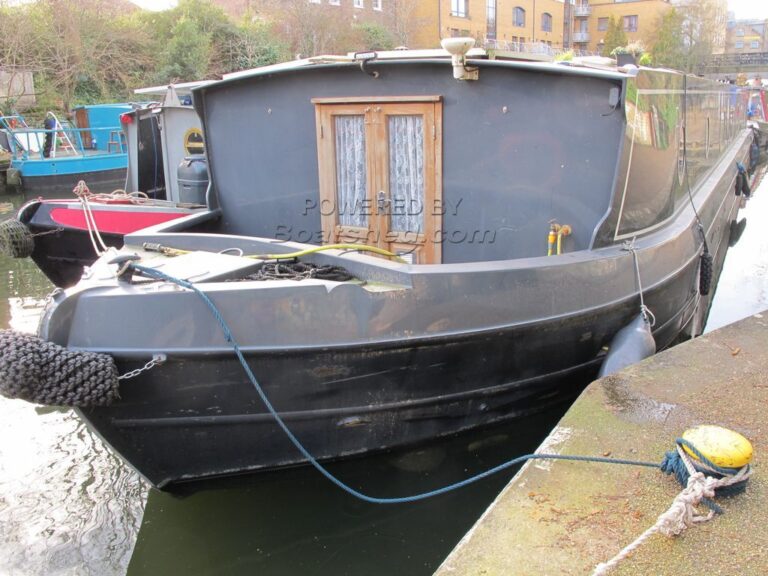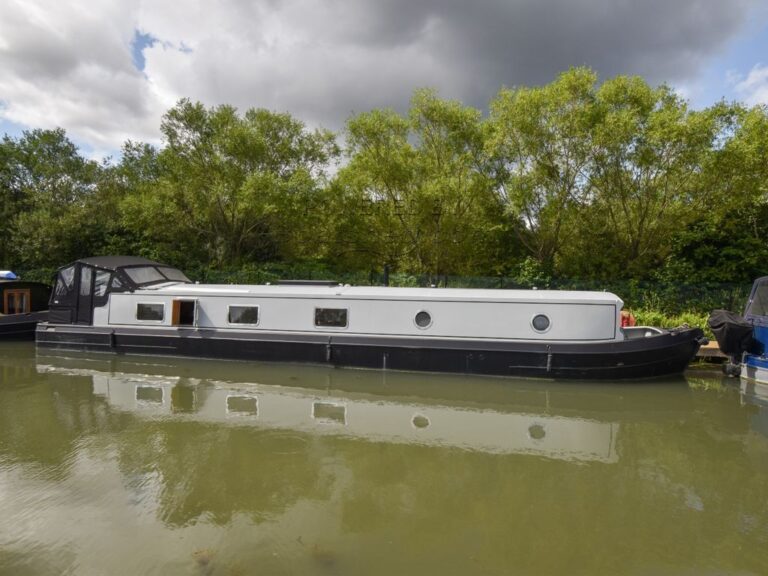Photo credit – Kristina D.C. Hoeppner
Picture yourself alone on the vast expanse of the ocean, the wind in your sails, and the only sound is the rhythmic lapping of waves against your boat. Solo sailing is not just a sport; it’s a daring adventure that calls to zthe brave and the bold. In this guide, we’ll delve into the art of solo sailing, offering tips, insights, and inspirations for those who dare to venture solo on the open sea.
Introduction
Solo sailing, the ultimate test of seamanship and self-reliance, has captivated sailors for generations. Whether you’re a seasoned sailor or just starting your nautical journey, embarking on a solo voyage presents unique challenges and rewards. In this blog, we’ll explore the essential aspects of solo sailing, from preparation and safety measures to navigation and the indescribable sense of freedom it brings.
Preparation: Setting the Stage for Success
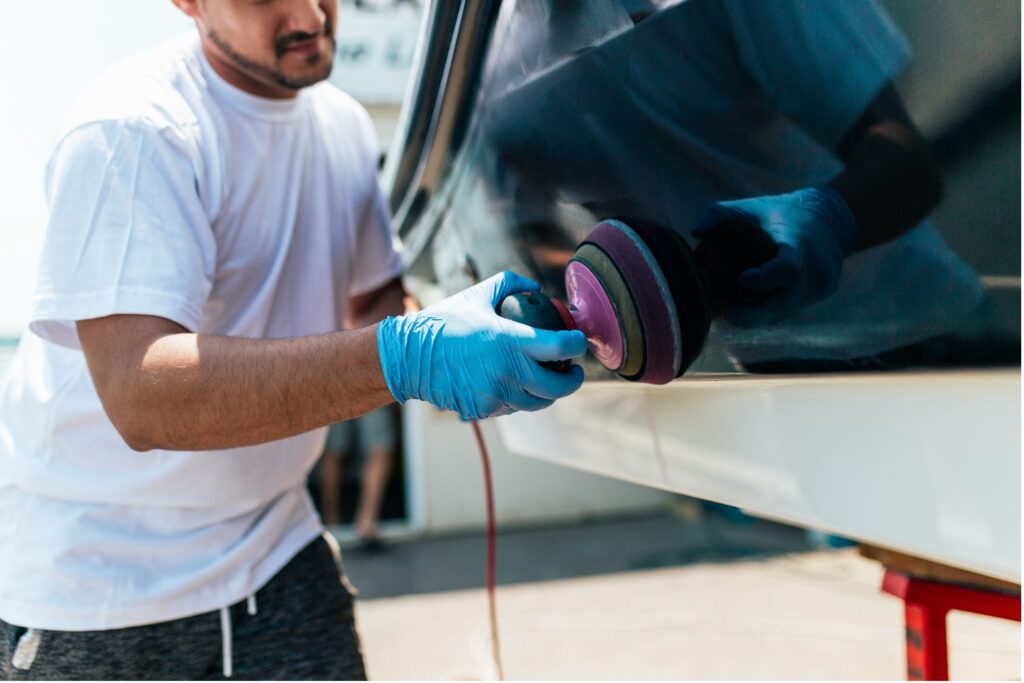
Maintenance and Checks
Ah, boat maintenance and checks – the cornerstone of any successful solo sailing expedition. As any seasoned sailor will tell you, the condition of your vessel can make or break your journey. Before setting sail into the unknown expanse of the open sea, it’s imperative to meticulously inspect every inch of your boat, ensuring it’s seaworthy and ready to withstand the challenges that lie ahead. From the sturdy hull that cuts through the waves to the intricate rigging that harnesses the wind’s power, each component plays a vital role in the safety and efficiency of your voyage.
To begin, I always start with a thorough visual inspection, scrutinizing every detail from bow to stern. I check for any signs of wear and tear, paying close attention to the hull for cracks or damage that could compromise its integrity. Next, I meticulously inspect the rigging, examining each line and fitting to ensure they’re secure and free from fraying or corrosion. And let’s not forget the crucial systems below deck – from the engine to the electrical and plumbing systems – all must be in top working condition to keep you safe and comfortable during your solitary sojourn. Remember, when it comes to solo sailing, there’s no crew to rely on for repairs or assistance, making proactive maintenance and thorough checks your most trusted companions on the open sea.
Provisioning
Next is provisioning, victualling, a task that demands forethought and precision. Stocking up on supplies, food, and water isn’t just about filling the pantry; it’s about ensuring self-sufficiency and resilience in the face of whatever the unpredictable sea may throw your way. When preparing for an extended solo journey, every ounce of cargo counts, yet one must strike a delicate balance between efficiency and ample provisions to sustain both body and spirit throughout the voyage.
First and foremost, I meticulously plan out my provisions, taking into account the duration of my journey, the expected weather conditions, and any potential detours or delays. Non-perishable staples like canned goods, grains, dried fruits, dried meats form the backbone of my supplies, providing sustenance that won’t spoil in the unforgiving marine environment. Yet, it’s not all about sustenance – maintaining morale is equally crucial. That’s why I always make room for a few indulgences, whether it’s a favourite snack, a fine bottle of rum for celebratory toasts, or a good book to lose myself in during those rare moments of respite. And of course, one can never underestimate the importance of fresh water – I ensure an ample supply, rationed carefully to last the duration of my journey, with contingencies in place should my plans veer off course. In the realm of solo sailing, meticulous provisioning isn’t just a practical necessity; it’s a testament to the sailor’s foresight and readiness to confront the challenges of the open sea head-on.
Safety Gear
Safety gear stands as the stalwart guardian of any solo sailor, offering a lifeline in the face of unforeseen emergencies on the unforgiving sea. Essential equipment such as life rafts, Emergency Position Indicating Radio Beacons (EPIRBs), and personal flotation devices serve as beacons of hope amidst the vast expanse of ocean, providing reassurance and protection against the unpredictable forces of nature. When setting out on a passage, it’s not just about the adventure; it’s about being prepared for the unexpected and ensuring a safe return home.
The lessons learned from previous sailing mishaps and memorable moments underscore the paramount importance of safety gear. Just as we meticulously assess our vessel’s readiness and plan our routes with precision, so too must we equip ourselves with the tools necessary to navigate the challenges that may arise at sea. A reliable life raft, stowed securely onboard, serves as a vital refuge in the event of vessel abandonment, offering a haven of safety until rescue arrives. Similarly, an EPIRB, when activated, transmits a distress signal to search and rescue authorities, enabling swift and effective response in times of crisis. And let us not overlook the humble personal flotation device, a simple yet indispensable piece of equipment that can mean the difference between life and death in the event of a man overboard situation. As solo sailors, we owe it to ourselves and our loved ones to prioritize safety above all else, ensuring that we’re equipped and prepared for whatever the sea may throw our way.
Weather
Weather forecasting holds the key to unlocking the mysteries of the sea, offering invaluable insights into the ever-changing atmospheric conditions that shape our voyages. For solo sailors embarking on long-distance passages, mastering the art of weather forecasting is not just a skill; it’s a survival strategy. By understanding weather patterns and learning to interpret forecasts with precision, sailors can navigate the open sea with confidence, optimizing their routes to avoid treacherous conditions and harnessing the power of wind and currents to propel them toward their destination.
In the realm of weather forecasting, knowledge is power. Solo sailors must familiarize themselves with the various sources of weather information available, from traditional meteorological reports to modern forecasting tools and technologies. By studying synoptic charts, satellite imagery, and oceanographic data, sailors can gain a deeper understanding of the forces at play and anticipate changes in weather patterns with greater accuracy. Moreover, it’s essential to recognize the nuances of regional weather systems and how they interact with one another, allowing sailors to adapt their plans and adjust their course accordingly. Whether facing the fury of a looming storm or riding the crest of a favourable breeze, the ability to read the signs of the sky and sea is a hallmark of seasoned sailors, guiding them safely through the ever-changing landscape of the open ocean.
Navigation: Finding Your Way
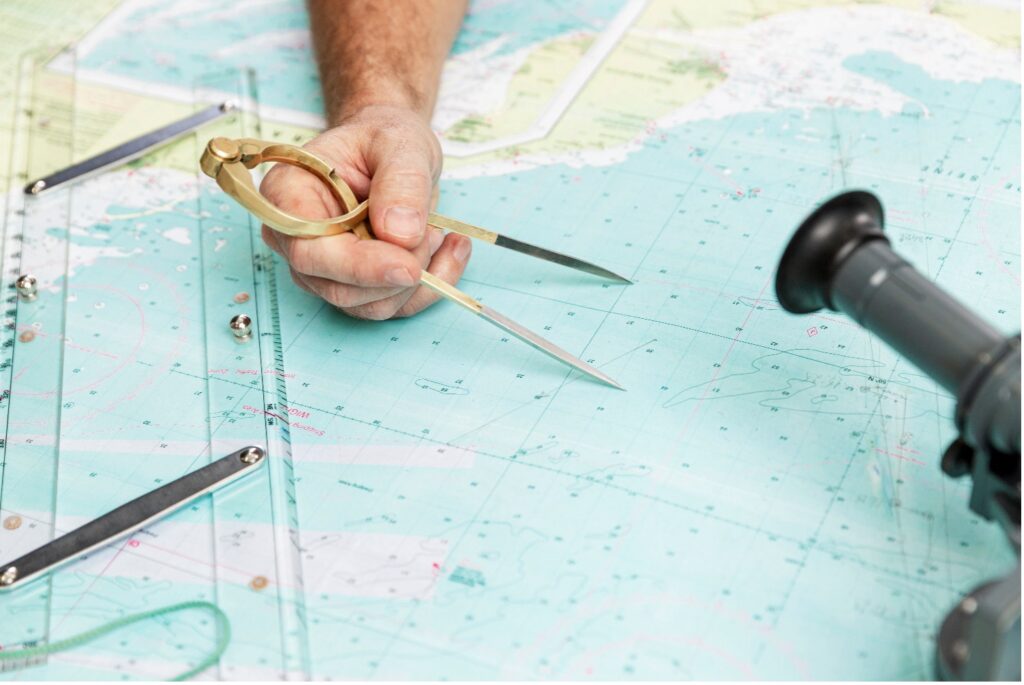
Charting a Course: Planning your route and identifying waypoints
Charting a course is the foundational step in preparing for any solo sailing expedition, laying the groundwork for a safe and successful voyage across the open sea. It begins with meticulous planning, as sailors carefully study nautical charts, electronic navigation systems, and other navigational aids to plot their route. By identifying key waypoints along the way, such as landmarks, buoys, or navigational beacons, sailors can establish a clear path to follow, ensuring they stay on course and avoid potential hazards. Moreover, the process of charting a course involves considering various factors, including weather patterns, currents, and potential obstacles, to optimize the route for efficiency and safety.
As solo sailors set out to chart their course, they must strike a delicate balance between realism and optimism, accounting for both the challenges and opportunities that lie ahead. It’s not just about plotting the shortest distance between two points but rather finding the most prudent path that balances speed, comfort, and safety. By carefully weighing factors such as wind direction, sea state, and the capabilities of their vessel, sailors can devise a route that maximizes their chances of success while minimizing risks. And let’s not forget the importance of flexibility – while a well-planned route provides a roadmap for the journey, solo sailors must remain adaptable and open to adjustments along the way, ready to navigate detours and deviations with confidence and composure.
Navigational Tools: Utilizing GPS, charts, compass, and sextant for accurate navigation
Navigational tools form the backbone of a solo sailor’s arsenal, providing the means to navigate with precision and confidence across the vast expanse of the open ocean. At the forefront of modern navigation stands the Global Positioning System (GPS), a satellite-based system that offers real-time positioning information with unparalleled accuracy. By harnessing the power of GPS receivers, solo sailors can pinpoint their exact location on the globe, plot their course, and track their progress with ease. However, while GPS has revolutionized maritime navigation, seasoned sailors understand the importance of redundancy and always carry backup navigation tools, such as charts, compasses, and sextants, to ensure they can navigate effectively even in the event of GPS failure.
Charts, the timeless cornerstone of navigation, provide a wealth of information about the marine environment, including water depths, navigational hazards, and landmarks. By studying nautical charts and plotting their course using traditional navigation techniques, sailors can navigate confidently even in remote or unfamiliar waters where GPS signals may be unreliable. Similarly, a reliable compass serves as a steadfast guide, helping sailors maintain their heading and navigate by magnetic bearings, independent of electronic systems. And for those who relish the challenge of celestial navigation, the sextant offers a link to seafaring traditions of old, allowing sailors to determine their position by measuring the angle between celestial bodies such as the sun, moon, and stars. By embracing a diverse array of navigational tools, solo sailors can navigate with precision and resilience, forging a deeper connection with the timeless art of seamanship as they chart their course across the boundless expanse of the open sea.
Solo Sailing Techniques: Strategies for managing sails, steering, and maintaining course alone
Solo sailing techniques require a blend of skill, ingenuity, and adaptability as sailors must manage every aspect of their vessel alone while facing the challenges of the open sea. A fundamental aspect of solo sailing is mastering the art of sail management, where sailors must efficiently trim and adjust their sails to harness the wind’s power and maintain optimum boat speed. This involves understanding the nuances of sail trim, including adjusting sail angles, tensioning rigging, and reefing sails to match changing wind conditions. Moreover, solo sailors must develop strategies for solo sail changes, manoeuvring around the deck safely and efficiently to handle sail adjustments, even in adverse weather or sea states.
Steering plays a pivotal role in solo sailing, requiring sailors to maintain course and navigate accurately without the assistance of a crewmate. Autopilot systems can provide invaluable assistance, allowing sailors to maintain a steady course while attending to other tasks onboard. However, reliance solely on autopilot can be risky, and solo sailors must be prepared to hand-steer when necessary, using visual cues, compass bearings, and wind indicators to stay on course. Additionally, mastering techniques such as heaving-to or deploying a drogue can provide temporary relief from steering duties, allowing solo sailors to rest or attend to other tasks while their vessel maintains a stable position in the water. By honing these solo sailing techniques, sailors can navigate with confidence and efficiency, embracing the challenges of solo voyaging while reaping the rewards of self-reliance and seamanship on the open sea.
Celestial Navigation: Learning the ancient art of navigating by the stars for backup navigation
Learning the ancient art of celestial navigation offers sailors a timeless backup method for navigating by the stars, providing a reliable means of orientation and position determination in the absence of modern electronic systems. By mastering the principles of celestial navigation, sailors can tap into a rich tradition that predates the advent of GPS and satellite navigation, connecting with the celestial bodies that have guided mariners for centuries. Understanding the movements of stars, planets, and celestial phenomena allows sailors to navigate with confidence, drawing upon the celestial sphere as a celestial roadmap to guide their course across the open ocean.
Celestial navigation also offers a sense of connection to maritime history and tradition, embodying the ingenuity and resourcefulness of ancient sailors who relied on the stars to traverse vast expanses of sea. By learning the techniques and tools of celestial navigation, sailors gain insight into the time-honoured methods used by explorers and navigators throughout history, fostering a deeper appreciation for the art and science of seamanship. Moreover, mastering celestial navigation provides sailors with a valuable backup skill that can enhance their confidence and self-reliance at sea, ensuring they are prepared to navigate safely and effectively in any situation, whether under clear skies or in the midst of a technological outage.
Self-Reliance: Mastering the Solo Experience

Mental Preparedness: Coping with solitude, fatigue, and the psychological challenges of solo sailing.
Solo sailing presents unique psychological challenges that require sailors to cultivate mental preparedness to cope with solitude, fatigue, and the demands of navigating alone at sea. The experience of extended periods of solitude can be both enriching and daunting, requiring sailors to confront their inner thoughts and emotions while embracing the solitude of the vast ocean. Coping strategies such as mindfulness, meditation, and maintaining a positive mindset are essential for managing the mental strain of isolation and maintaining psychological well-being during long passages. Moreover, establishing routines, setting achievable goals, and staying connected with loved ones ashore through communication devices can help mitigate feelings of loneliness and isolation, providing sailors with a sense of connection and support despite the physical distance.
Fatigue is another significant challenge faced by solo sailors, as the demands of continuous watchkeeping and vessel maintenance can take a toll on physical and mental energy levels. Prioritizing rest, implementing effective sleep schedules, and taking short breaks to recharge are crucial for preventing fatigue-related errors and maintaining alertness while at sea. Additionally, practicing self-care and maintaining a healthy diet can help sustain energy levels and support overall well-being during extended periods of solo sailing. By prioritizing mental and physical health, solo sailors can enhance their resilience and endurance, ensuring they are well-equipped to navigate the challenges of solo voyaging with confidence and composure.
Physical Fitness: Staying in shape and maintaining energy levels during long stretches at sea.
Physical fitness is paramount for solo sailors to maintain optimal performance and energy levels during long stretches at sea. The demanding nature of sailing, which often involves manual tasks such as hoisting sails, navigating rough seas, and maintaining the vessel, requires sailors to possess strength, agility, and endurance. Implementing a regular exercise routine tailored to the constraints of the sailing environment is essential for building and maintaining physical fitness while at sea. Activities such as stretching, calisthenics, and strength training exercises can help sailors improve muscular strength, flexibility, and overall fitness, enabling them to tackle the physical demands of sailing with ease and efficiency.
Furthermore, incorporating cardiovascular workouts such as jogging, swimming, or skipping rope into the sailing routine can enhance cardiovascular health and endurance, ensuring sailors have the stamina to endure long passages and challenging conditions. It’s crucial for solo sailors to prioritize physical fitness and make time for regular exercise despite the constraints of the sailing environment. By staying in shape and maintaining energy levels through consistent physical activity, sailors can optimize their performance, enhance their resilience to fatigue, and ensure they are well-prepared to navigate the rigors of solo voyaging with confidence and vitality.
Problem Solving: Developing resourcefulness and adaptability to handle unexpected challenges.
Problem-solving skills are indispensable for solo sailors navigating the unpredictable waters of the open sea. Whether faced with equipment failures, adverse weather conditions, or navigational uncertainties, sailors must cultivate resourcefulness and adaptability to effectively address unexpected challenges. Developing a proactive mindset and remaining calm under pressure are essential for quickly assessing situations and devising effective solutions, even in high-stress environments. Solo sailors often encounter myriad challenges ranging from minor inconveniences to critical emergencies, requiring them to draw upon their ingenuity and creativity to overcome obstacles and continue their voyage safely.
Moreover, effective problem-solving in sailing necessitates a comprehensive understanding of the vessel’s systems and equipment, as well as proficiency in basic seamanship and navigation techniques. By acquiring a diverse skill set and continually honing their knowledge and expertise, sailors can better anticipate potential issues and respond promptly and decisively when problems arise. Additionally, maintaining a well-equipped onboard toolkit and spare parts inventory can enhance sailors’ ability to address mechanical or technical issues swiftly and efficiently, minimizing downtime and maximizing the likelihood of successful problem resolution. Ultimately, by cultivating a proactive approach to problem-solving and embracing the challenges of solo sailing with resilience and determination, sailors can navigate the complexities of the marine environment with confidence and adaptability.
Sleep Management: Strategies for staying alert and managing rest effectively during solo passages.
Sleep management is a critical aspect of solo sailing, as prolonged periods of sleep deprivation can lead to serious consequences, including impaired cognitive function, decreased alertness, and hallucinations. Understanding the stages of sleep and the body’s need for restorative rest is essential for developing an effective sleep schedule while at sea. Sleep consists of several phases, including non-rapid eye movement (NREM) sleep and rapid eye movement (REM) sleep. NREM sleep progresses through several stages, with each stage becoming deeper and more difficult to wake from. Achieving REM sleep, which is crucial for preventing hallucinations, typically requires about 80 minutes of NREM sleep followed by 10 minutes of REM sleep. Therefore, a full sleep cycle lasting approximately 90 minutes is necessary for optimal rest.
Solo sailors often utilize short naps of around 20 minutes to achieve restorative effects of sleep while maintaining the ability to wake easily and perform tasks onboard. These short naps help reduce sleep pressure without delving into deep sleep stages, allowing sailors to remain vigilant and responsive. However, some individuals, (like the author!), may require longer naps of around 90 minutes to prevent hallucinations and ensure adequate rest. By understanding their own sleep needs and adjusting their sleep schedule accordingly, solo sailors can effectively manage fatigue and maintain peak performance during extended passages. Additionally, strategic rest periods should be planned to coincide with times of increased sea traffic or challenging sailing conditions, ensuring that sailors remain alert and capable of responding to potential hazards effectively.
Final Thoughts

Solo sailing represents far more than just navigating the seas alone; it embodies a profound journey of self-discovery, resilience, and boundless adventure. While the trials and tribulations may seem formidable, the rewards are immeasurable – from the unparalleled freedom to chart your own course to the exhilarating mastery of the elements, and the deep connection forged with the vastness of the ocean itself. Whether you’re a seasoned sailor, well-versed in the intricacies of solo navigation, or you find yourself captivated by the idea of embarking on your inaugural solo voyage, may the insights and inspirations shared throughout this exploration serve as a guiding light on your personal odyssey into the art of solo sailing. Fair winds and following seas await you on this remarkable journey!
As we draw the anchor on this discussion, we extend an invitation to you, dear reader, to contribute your own thoughts, experiences, and aspirations. Have you braved the solitary expanse of the open sea, or do you harbour dreams of setting sail on your own solo adventure? We welcome your comments and reflections below, as your unique perspectives enrich the collective tapestry of knowledge and inspiration that fuels the sailing community worldwide. Together, let us continue to celebrate the indomitable spirit of solo sailors and inspire one another to embrace the challenges and joys of sailing solo. Fair winds, and may your comments echo across the vastness of the digital seas, inspiring fellow adventurers to embark on their own unforgettable journeys.
References and Resources
- Solo Sailing Organizations and Associations:
- World Sailing: The international governing body for the sport of sailing, offering resources on safety, training, and regulations.
- Singlehanded Sailing Society: An organization dedicated to promoting singlehanded sailing and racing, with resources for sailors of all skill levels.
- Safety and Preparation:
- U.S. Coast Guard’s Boating Safety Division: Provides comprehensive safety resources, including equipment checklists and safety tips for solo sailors.
- RYA Safety Hub: Offers a wealth of safety advice, including solo sailing considerations and emergency procedures.
- Navigation and Weather Forecasting:
- The MET Office Inshore Waters Forecasts: Essential for checking the weather conditions before and during your voyage.
- The Met Office Shipping Forecast
- Navionics: Provides electronic navigation charts and apps for sailors.
- Physical Fitness and Mental Preparedness:
- SailFit: A resource dedicated to fitness and nutrition advice specifically for sailors.
- Mindful Sailor: Offers tips on maintaining mental health and coping with solitude at sea.
- Sailing Forums and Communities:
- Cruisers Forum: A vibrant community where solo sailors can share experiences, ask questions, and find companionship.
- Sailing Anarchy Forums: A place for sailors to engage in discussions about all aspects of sailing, including solo voyages.
- Books and Literature:
- Singlehanded Sailing: Thoughts, Tips, Techniques & Tactics by Andrew Evans: Offers insights into the practicalities and joys of solo sailing.
- Stress-Free Sailing: Single and Short-handed Techniques by Duncan Wells: Provides techniques for managing sailing tasks alone.
- Equipment and Gear:
- West Marine: For purchasing sailing gear, safety equipment, and boat maintenance supplies.
- Defender Marine: Another excellent source for high-quality marine and boating equipment.

